What are Common Symptoms?
Hip pain can present with a variety of symptoms, and the specific symptoms experienced may vary depending on the underlying cause of the pain. Here are some common symptoms associated with hip pain:
- Pain: Persistent or intermittent pain in the hip is the primary symptom. The pain may be localized to the hip joint or may radiate to the groin, thigh, buttocks, or knee.
- Stiffness: Difficulty moving the hip joint with a reduced range of motion. This can make it challenging to perform certain activities, such as walking, bending, or climbing stairs.
- Tenderness: The hip area may be tender to touch or pressure.
- Weakness: A feeling of weakness in the hip and surrounding muscles, leading to difficulty with weight-bearing and movements.
- Limping: Individuals may adopt an abnormal gait or limp to avoid putting pressure on the painful hip.
- Clicking or Snapping: Some people may experience clicking, popping, or snapping sensations in the hip joint during movement.
- Swelling: Inflammation of the hip joint may cause visible swelling or puffiness.
- Difficulty Standing: Pain and discomfort may make it difficult to stand up from a seated or lying position.
- Radiating Pain: Pain that extends from the hip down the leg, often following the path of specific nerves.
- Numbness or Tingling: In some cases, hip pain may be associated with sensations of numbness or tingling, indicating nerve involvement.
- Pain Worsened by Activities: Pain that gets worse with weight-bearing activities, such as walking, running, or prolonged sitting or standing.
Common Causes
Common causes of hip pain include:
- Osteoarthritis: Degenerative joint disease that occurs due to wear and tear of the hip joint over time.
- Hip Bursitis: Inflammation of the bursa sacs that cushion the hip joint, leading to pain and tenderness.
- Hip Fractures: Broken bones in the hip joint, often seen in older adults after falls.
- Hip Tendinitis: Inflammation of the tendons in the hip area, usually due to overuse or repetitive activities.
- Hip Labral Tears: Tears in the cartilage (labrum) that lines the hip socket.
- Hip Impingement: Abnormalities in the hip joint structure that lead to friction and pain during movement.
- Muscle Strains or Tears: Overexertion or sudden movements can cause strains or tears in the muscles around the hip joint.
- Sciatica: Compression of the sciatic nerve, often due to a herniated disc in the lower back, which can cause hip and leg pain.
If you experience persistent or severe hip pain or any accompanying symptoms, it’s essential to seek medical evaluation from your orthopedic specialist. Proper diagnosis is crucial to determine the underlying cause of the pain and develop an appropriate treatment plan. Treatment options may include rest, physical therapy, pain medication, corticosteroid injections, or in some cases, surgery, depending on the specific condition and individual needs.
Diagnosis and treatment for hip pain involve a thorough evaluation by a orthopedic specialist to identify the underlying cause of the pain. Here's a general outline of the common diagnosis and treatment steps for hip pain:
Diagnosis
- Medical History: The healthcare provider will inquire about the nature of the pain, its location, duration, aggravating and alleviating factors, and any previous injuries or medical conditions.
- Physical Examination: A comprehensive examination of the hip and surrounding structures will be conducted to assess range of motion, strength, stability, and any signs of inflammation or structural issues.
- Imaging Studies: X-rays can provide images of the hip joint and bones, helping identify conditions such as arthritis or fractures. MRI or CT scans may be used to visualize soft tissues like muscles, tendons, and ligaments, and to detect hip labral tears or other abnormalities.
- Blood Tests: Blood tests may be ordered to rule out certain medical conditions that could contribute to hip pain.
- Diagnostic Injections: In some cases, a diagnostic injection of a local anesthetic into the hip joint or specific structures may be used to confirm the source of the pain.
- Other Tests: Nerve conduction studies or electromyography (EMG) may be performed to evaluate nerve function and identify potential nerve-related causes of hip pain.
Treatment
The treatment approach for elbow and arm pain depends on the specific diagnosis and severity of the condition. Common treatment options include:
- Rest and Activity Modification: Avoiding activities that worsen the pain and giving the hip time to rest can promote healing.
- Physical Therapy: A physical therapist can design exercises and stretches to improve hip strength, flexibility, and function. They may also provide manual therapy techniques to reduce pain and improve mobility.
- Pain Medication: Over-the-counter pain relievers, such as acetaminophen or nonsteroidal anti-inflammatory drugs (NSAIDs), can help reduce pain and inflammation.
- Corticosteroid Injections: In cases of severe inflammation or pain, corticosteroid injections may be administered directly into the hip joint to provide temporary relief.
- Cold and Heat Therapy: Applying ice packs to reduce inflammation and swelling or using heat therapy to relax the muscles can be beneficial.
- Activity Modification: Avoiding or modifying activities that aggravate the pain can aid in the healing process.
- Assistive Devices: Using crutches or a cane may be necessary to offload the affected hip and reduce stress during walking.
- Weight Management: For individuals with excess body weight, weight loss can alleviate pressure on the hip joint and reduce pain.
Surgery
In cases of severe injuries, fractures, advanced arthritis, or conditions that do not respond to conservative treatments, surgery may be considered. Procedures may involve hip replacement, hip resurfacing, labral repair, or hip arthroscopy.
There are several surgical procedures for hip conditions, each designed to address specific issues and provide relief from pain or improve hip function. Here is a list of common surgical procedures for the hip:
- Total Hip Replacement (Total Hip Arthroplasty): A surgery to replace the damaged hip joint with an artificial joint made of metal and plastic components.
- Hip Resurfacing: A procedure that conserves more of the patient’s natural bone by capping the femoral head with a metal covering, used as an alternative to total hip replacement for certain individuals.
- Hip Labral Repair or Reconstruction: A surgery to repair or reconstruct the labrum (cartilage) in the hip joint, often performed in cases of labral tears.
- Hip Fracture Repair (Open Reduction Internal Fixation – ORIF): A surgery to stabilize fractured bones in the hip using plates, screws, or other fixation devices.
- Femoral Acetabular Impingement (FAI) Surgery: A procedure to reshape the hip joint and remove the excess bone that causes impingement and labral tears.
- Hip Osteotomy: A surgery to reshape the hip joint by cutting and repositioning the bones to improve hip alignment and reduce stress on damaged areas.
- Periacetabular Osteotomy (PAO): A surgery to reposition the acetabulum (hip socket) to treat hip dysplasia and improve stability.
- Hip Fusion (Hip Arthrodesis): A surgery to fuse the hip joint, often performed to treat severe arthritis or infection.
- Hip Revision Surgery: A procedure to replace a previously implanted artificial hip joint that has worn out, loosened, or developed complications.
- Hip Synovectomy: A surgery to remove the inflamed synovium (lining of the joint) in the hip, often performed for conditions such as rheumatoid arthritis.
- Core Decompression: A procedure to reduce pressure in the femoral head to treat early stages of avascular necrosis.
- Hip Nerve Decompression: A surgery to decompress or release compressed nerves around the hip, often performed for conditions such as meralgia paresthetica.
Please note that the appropriateness of these surgical procedures depends on the individual’s specific hip condition, symptoms, and the expertise of your orthopedic surgeon. Non-surgical treatments, such as physical therapy or medications, are often considered as the first line of management for many hip conditions, and surgery is typically reserved for cases where conservative measures have not provided adequate relief or for more severe hip conditions. Always consult with an orthopedic surgeon to determine the most suitable treatment plan for your specific hip condition.
Physical Modalities: Other therapies such as ultrasound, electrical stimulation, or traction may be utilized to reduce pain and promote healing.
The treatment plan will be tailored to each individual’s specific needs and condition. It’s crucial to follow the guidance of an orthopedic specialist for an accurate diagnosis and appropriate treatment to effectively manage hip pain and facilitate a successful recovery.

S. EVAN CARSTENSEN, M.D.
ORTHOPEDIC SPECIALIST
Board certified, fellowship trained orthopaedic shoulder, knee, hip, and sports medicine specialist managing injuries both non-operatively and operatively by specifically utilizing evidence-based medicine and minimally invasive techniques.

DARYL DYKES, M.D.
ORTHOPEDIC SPECIALIST
Board certified orthopedic surgeon with extensive experience in diagnosis, treatment and management of spine, bone or joint condition, and specializes in reconstruction of the shoulder, hip, and knee, including total joint replacement.

LLOYD JOHNSON, M.D.
ORTHOPEDIC SPECIALIST
Board-certified and fellowship-trained in both reconstructive and spine surgery with extensive experience in the management of complex conditions, diagnosis and treatment of:general orthopedics, spine disorders, sports medicine, orthopedic upper and lower extremities.

LOY VAUGHAN, M.D.
ORTHOPEDIC SPECIALIST
General orthopedic surgeon treating musculoskeletal condition with a particular interest in shoulder, hip, and knee joint replacement, shoulder and knee arthroscopy, and fracture care. Dr. Vaughan is a board-eligible orthopedic surgeon with experience in complex conditions, treatment and management.

